Stay in the Loop
BSR publishes on a weekly schedule, with an email newsletter every Wednesday and Thursday morning. There’s no paywall, and subscribing is always free.
Fairmount Park's historic mansions celebrate the season
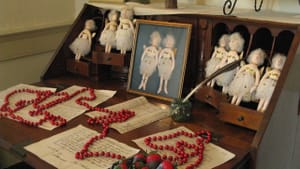
In the 18th century, wealthy Philadelphians summered on the banks of the Schuylkill River, crossing city limits to escape oppressive heat and the occasional plague. The surviving mansions have become the most significant collection of early American homes in the United States.
Owned by the Fairmount Park Commission and administered by an array of organizations, the elegant homes are open to the public, and at Christmas are dressed for the season by volunteers, friends groups, and garden clubs.
Lemon Hill (1799; lemonhill.org)
It started at Lemon Hill. Constructed on a portion of land originally owned by Robert Morris, a signer of the Declaration of Independence and the financier of the Revolution, the City of Philadelphia purchased Lemon Hill in 1844 to protect the municipal water supply.
The Federal-style home is unique for its three graceful, oval-shaped rooms, stacked one atop another, and an unparalleled view of Philadelphia’s evolving skyline.
Named for the lemons once grown in its greenhouses, Lemon Hill has been a public garden, restaurant, ice cream parlor, and beer garden. In 1855, it became part of newly expanded Philadelphia’s municipal park.
Fiske Kimball, the first director of the Philadelphia Museum of Art, lived at Lemon Hill from 1926 to 1955 and was instrumental in cultivating public appreciation of the architectural and historic importance of the mansions, as well as garnering support for their preservation.
Lemon Hill is operated by the Colonial Dames of America and Friends of Lemon Hill.
Laurel Hill (1767; laurelhillmansion.org)
When the colonies declared independence, Georgian-style Laurel Hill was seized from its Loyalist owners, Rebecca Rawle and husband Samuel Shoemaker. (Rawle later purchased it back.) Laurel Hill later became home to Dr. Philip Syng Physick, a Philadelphia-born physician known as the father of American surgery.
Laurel Hill has been open to the public since the 1976 Bicentennial. It is maintained and preserved by the Women for Greater Philadelphia.
Mount Pleasant (1762; philamuseum.org)
Mount Pleasant’s most famous owner never resided there. In 1779, Gen. Benedict Arnold purchased the home as a wedding present for his bride, Peggy Shippen, but the couple fled when Arnold changed sides in the Revolutionary War. The property was subsequently leased to Baron von Steuben, a Prussian soldier who served with the Continental Army in numerous capacities, including inspector general and George Washington’s chief of staff.
Built for a Scottish ship captain, the home was designed by Thomas Nevell, who apprenticed in the construction of Independence Hall. Many of that building’s architectural features are in evidence at Mount Pleasant, particularly in the wood cornices, moldings, and mantels.
Mount Pleasant is administered by the Philadelphia Museum of Art.
Woodford (1758; woodfordmansion.org)
Woodford, built as a country home by Philadelphia merchant William Coleman, is a National Historic Landmark. In 1927 it was chosen to display 18th-century antiques and colonial household furnishings gathered by collector Naomi Wood and opened as a house museum three years later. The Naomi Wood Trust continues to operate Woodford.
Cedar Grove (1750, enlarged 1848; philamuseum.org)
Cedar Grove differs from the other Fairmount Park mansions in style, provenance, and original location. Made in a gambrel-roofed farmhouse style popular with Philadelphia Quakers, the structure passed through multiple generations of one family. It was moved from its original location in Frankford to Fairmount Park in a painstaking, two-year reconstruction.
Cedar Grove served as a retreat for Elizabeth Coates Paschall, a widow who operated a Philadelphia dry goods store, and was built adjacent to her father’s farm in Frankford, then four miles beyond city limits. Cedar Grove is notable for its broad porch, second-floor wall of closets, double-dogleg staircase, and kitchen, outfitted with hot water boiler, rotisserie, and indoor oven.
Cedar Grove was donated to the city in 1926 by Lydia Thompson Morris, a descendant of Paschall, who also paid for its relocation, in which the home’s component parts — beams and stones, windowpanes and floorboards — were numbered, dismantled, transported, and carefully reassembled. Morris also donated the home’s contents to the Philadelphia Museum of Art, which administers the home, enabling visitors to see the implements and furnishings in place, where they have been used for 250 years.
Strawberry Mansion (1790, enlarged 1820; historicstrawberrymansion.org)
The largest of the Fairmount Park mansions was built by two Philadelphia judges. William Lewis constructed the original center section; Joseph Hemphill added Greek Revival wings. Known in its first phase as Summerville and later Somerton, the current name and slightly pink exterior are a nod to the berries and cream sold there in the 19th century.
Strawberry Mansion is recognized for its antique toy and doll collection, fine furnishings, and art. Pieces in the French-inspired ballroom were owned by General George Cadwalader, and include a circular “chatting couch.” Interior colors are vivid, the result of a comprehensive renovation completed in 2013.
Strawberry Mansion has been a house museum since the 1926 Sesquicentennial, opened by public-spirited women committed to preserving its history. The Committee of 1926 continues to operate Strawberry Mansion.
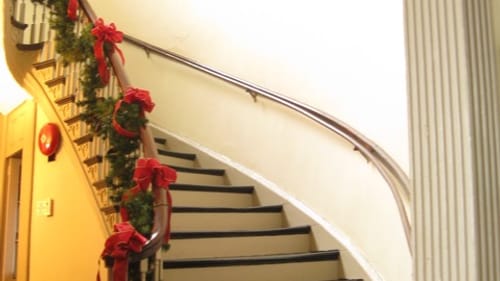
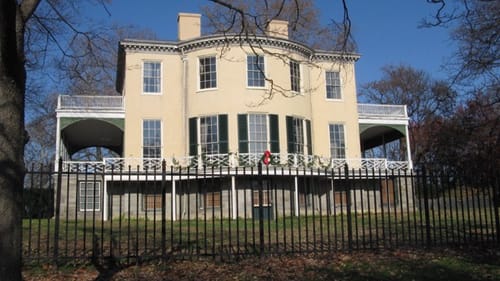
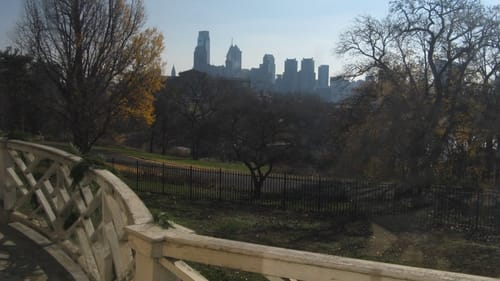
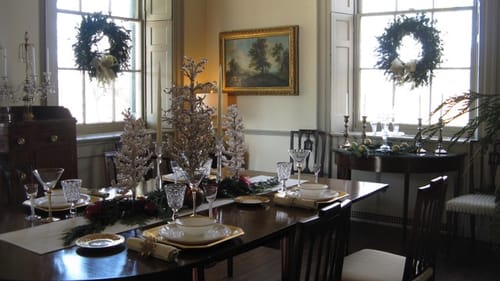
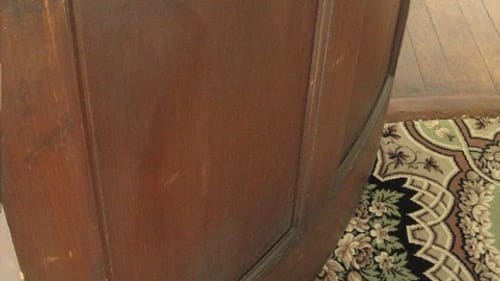
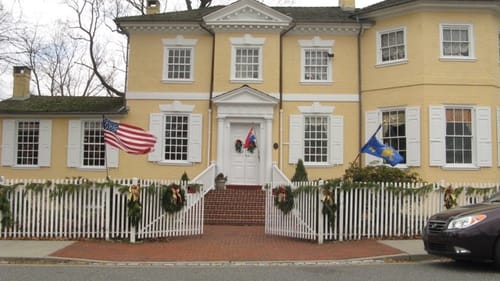
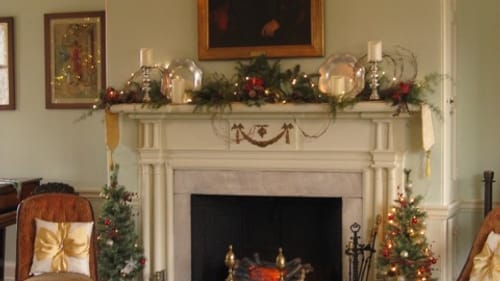
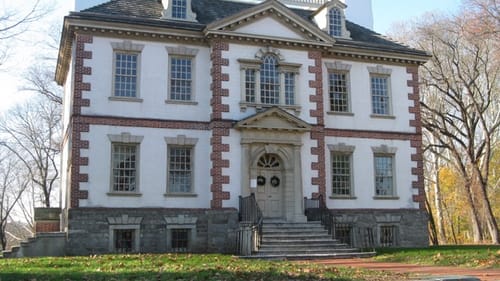


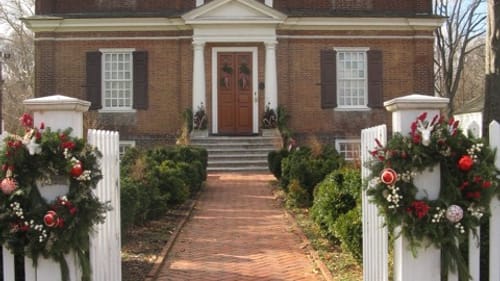
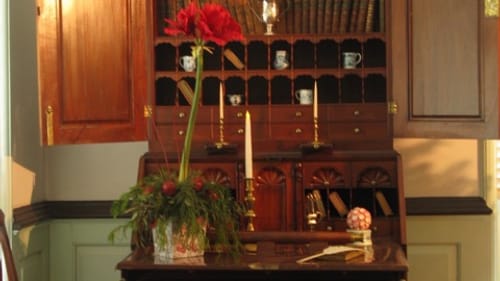
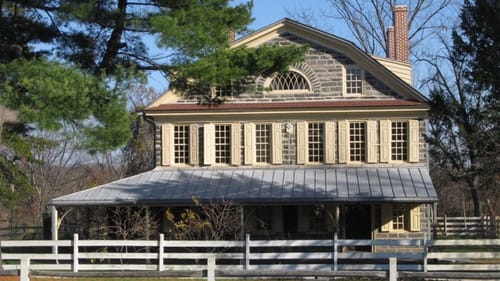
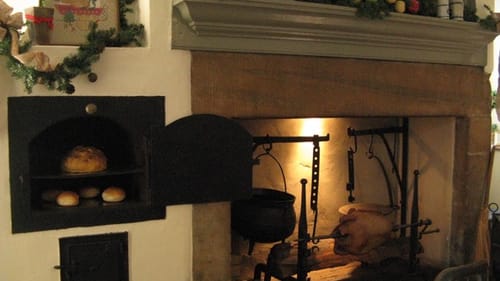
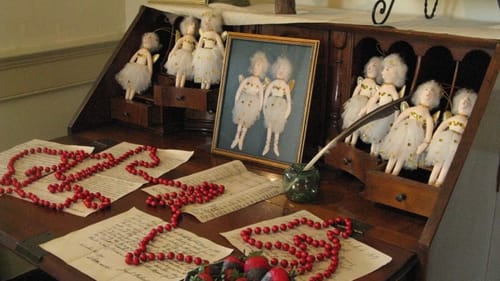
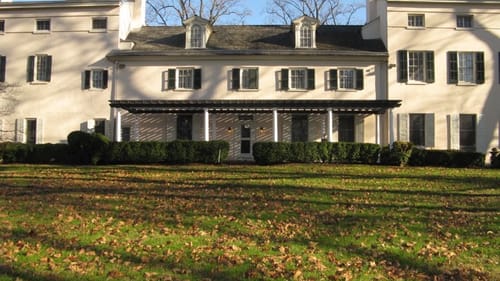
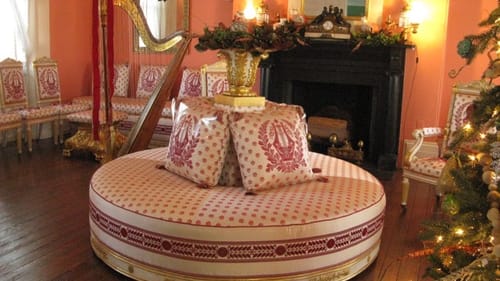

What, When, Where
Fairmount Park Christmas Open House. Thursdays through Sundays, Dec. 3-20. 215-685-0274 or parkcharms.com.
Sign up for our newsletter
All of the week's new articles, all in one place. Sign up for the free weekly BSR newsletters, and don't miss a conversation.
